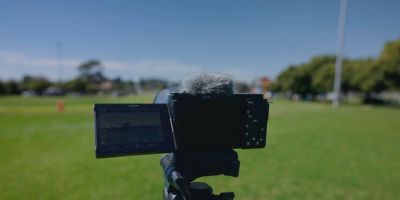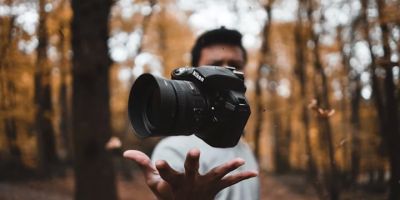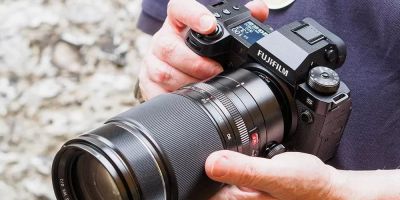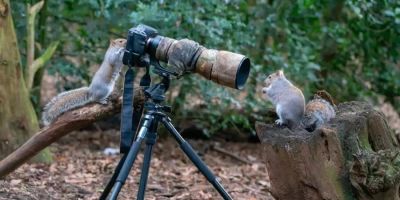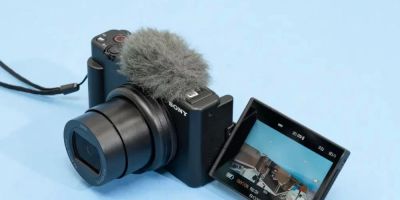- 1 - Understanding-the-importance-of-motion-capture
- 2 - Key-features-to-look-for-in-sports-cameras
- 3 - Top-camera-models-for-sports-photography
- 4 - Techniques-for-capturing-motion-effectively
- 5 - Real-life-success-stories-in-sports-photography
- 6 - Choosing-the-right-camera-for-your-needs
1. Understanding the Importance of Motion Capture in Sports Photography
Capturing motion and movement in sports photography requires more than just pressing the shutter button at the right moment. The best cameras for capturing motion and movement in sports are designed to freeze fast-paced action, showcasing the intensity and emotion of athletic performance. Whether it's the rapid swing of a baseball bat, the explosive leap of a basketball player, or the swift sprint of a track athlete, motion capture allows photographers to immortalize these fleeting moments with clarity and precision.
Sports photography demands specialized equipment because typical cameras often struggle with motion blur and slow autofocus, which can result in missed shots or unclear images. Understanding how motion affects image quality and what technological advancements are available helps photographers elevate their craft.
2. Key Features to Look for in Cameras for Sports Photography
When searching for the best cameras for capturing motion and movement in sports, several critical features stand out:
- Fast Autofocus Systems: Essential for tracking moving subjects accurately, enabling sharp photos despite unpredictable movements.
- High Frame Rates: Cameras capable of shooting multiple frames per second increase your chances of capturing the perfect moment.
- Image Stabilization: Helps reduce camera shake, especially useful in handheld shooting or when using long lenses.
- Durability and Weather Sealing: Sports events often take place outdoors in varying conditions, so robust construction is important.
- High ISO Performance: Allows shooting in low-light environments like indoor arenas without excessive noise.
Additionally, ergonomic design and comfortable handling improve shooting endurance during long sports sessions.
3. Top Camera Models for Capturing Sports Motion
Several camera models have earned their reputation as favorites among sports photographers for their superior motion capture capabilities:
- Canon EOS-1D X Mark III: Known for its blazing fast autofocus, 20 fps continuous shooting, and excellent low-light performance.
- Nikon D6: Offers outstanding autofocus accuracy and robust build quality, ideal for professional sports photography.
- Sony Alpha a9 II: A mirrorless powerhouse with 20 fps blackout-free shooting and advanced eye autofocus for moving subjects.
- Fujifilm X-T4: Combines in-body stabilization with fast autofocus, a lightweight option perfect for sports enthusiasts and semi-professionals.
Each of these cameras excels at capturing rapid movement, making them excellent choices for different budget levels and professional needs.
4. Techniques for Capturing Motion Effectively in Sports
Even the best camera requires proper techniques to master motion photography. Key tips include:
- Use Shutter Priority Mode: Set a fast shutter speed (typically 1/1000 second or faster) to freeze motion.
- Employ Continuous Autofocus: Keeps moving subjects sharp by continuously adjusting focus.
- Anticipate Action: Knowing the sport’s dynamics allows you to predict key moments and position yourself accordingly.
- Practice Panning: Tracking a moving subject with your camera while using slower shutter speeds can create dynamic motion blur backgrounds with sharp subjects.
Mastering these methods complements the camera’s capabilities to produce compelling sports images.
5. Real-Life Success Stories in Sports Photography
Professional sports photographers often share inspiring stories highlighting the importance of choosing the right camera and mastering motion capture techniques. For example, a renowned photographer covering the Olympics used the Sony Alpha a9 II to shoot high-speed swimming events, capturing split-second turns and finishes with crystal-clear precision that impressed both fans and athletes.
Similarly, a local sports photographer in Texas upgraded from a basic DSLR to a Canon EOS-1D X Mark III and noticed a dramatic improvement in his ability to freeze fast-moving football plays, leading to more publication opportunities and client satisfaction. These examples show how investing in the right equipment and skills pays off.
6. Choosing the Right Camera for Your Sports Photography Needs
Deciding on the best cameras for capturing motion and movement in sports depends on your budget, sport type, and personal preferences. Professionals might prioritize top-tier DSLRs or mirrorless models with extensive customization options, while hobbyists may focus on affordable cameras with strong autofocus and frame rates.
Visiting Photo Studio can help you explore a curated selection of cameras and accessories tailored to sports photography. Expert advice and hands-on demonstrations ensure you find equipment that fits your unique shooting style and goals.
Ultimately, combining the right camera with practiced technique and passion is the key to capturing unforgettable moments in sports.

